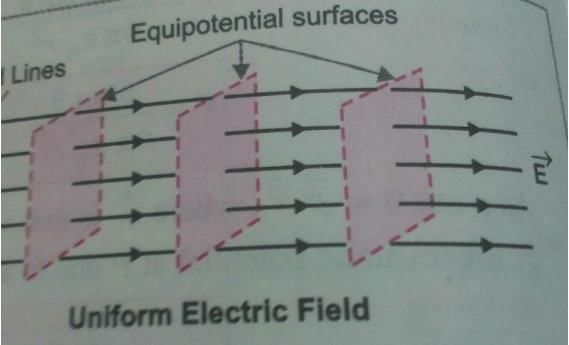Test: Equipotential Surfaces - JEE MCQ
10 Questions MCQ Test - Test: Equipotential Surfaces
For any charge configuration, equipotential surface through a point is _____to the electric field at that point.
Two equipotential surfaces have a potential of -10V and 90V respectively, what is the difference in potential between these surfaces?
Electric field is steepest in the direction in which the potential
The shape of equipotential surface for an infinite line charge is:
When a positive charge is moved in an electrostatic field from a point at high potential to a low potential, its kinetic energy
Shape of equipotential surfaces for a uniform electric field along x-axis are
The value of electric field vector along the surface of constant potential of 100 V
The amount of work done in moving a unit positive charge through distance of 10 cm on an equipotential surface is















